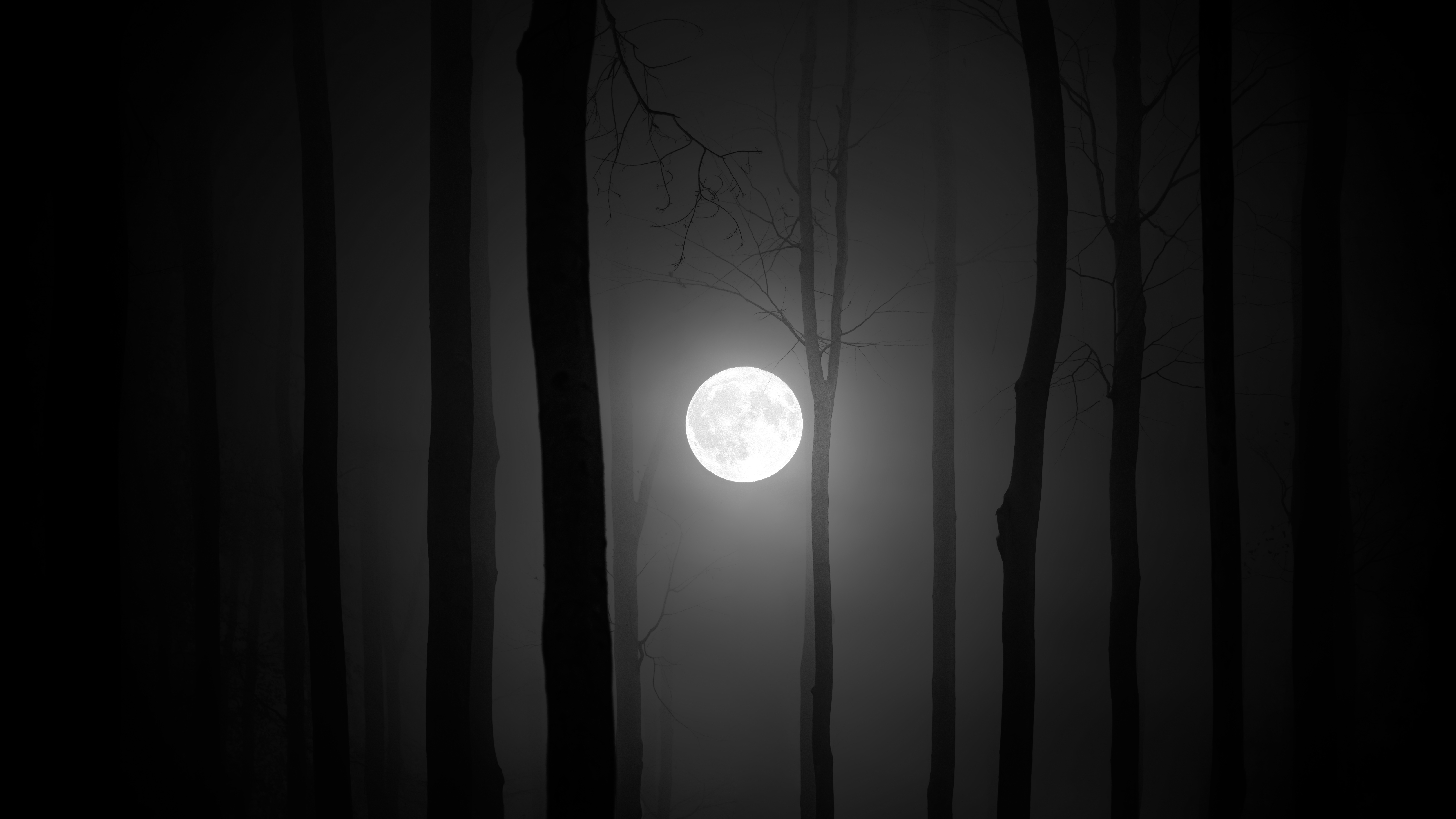
It's Halloween meaning many of us have turned our minds to the more ghoulish and macabre elements of life. So, settle in. It's time to revel in tales of horror and suspense — both on Earth, and beyond.
Astronomers and scientists have occasionally satiated their fascination with the uncanny by comparing celestial objects with creatures of mythology and folklore. The most obvious example of this is with the constellations, but it certainly doesn't stop there! Here, we list some of these cosmic monsters — but that's not all. If exploring the eerie universe has you craving a horror-filled evening at home, Space.com has you covered. For each frightening object listed, we've curated a lovely horror film pairing.
Beware: You're about to enter with your own free will!
Vampire stars feasting on stellar victims
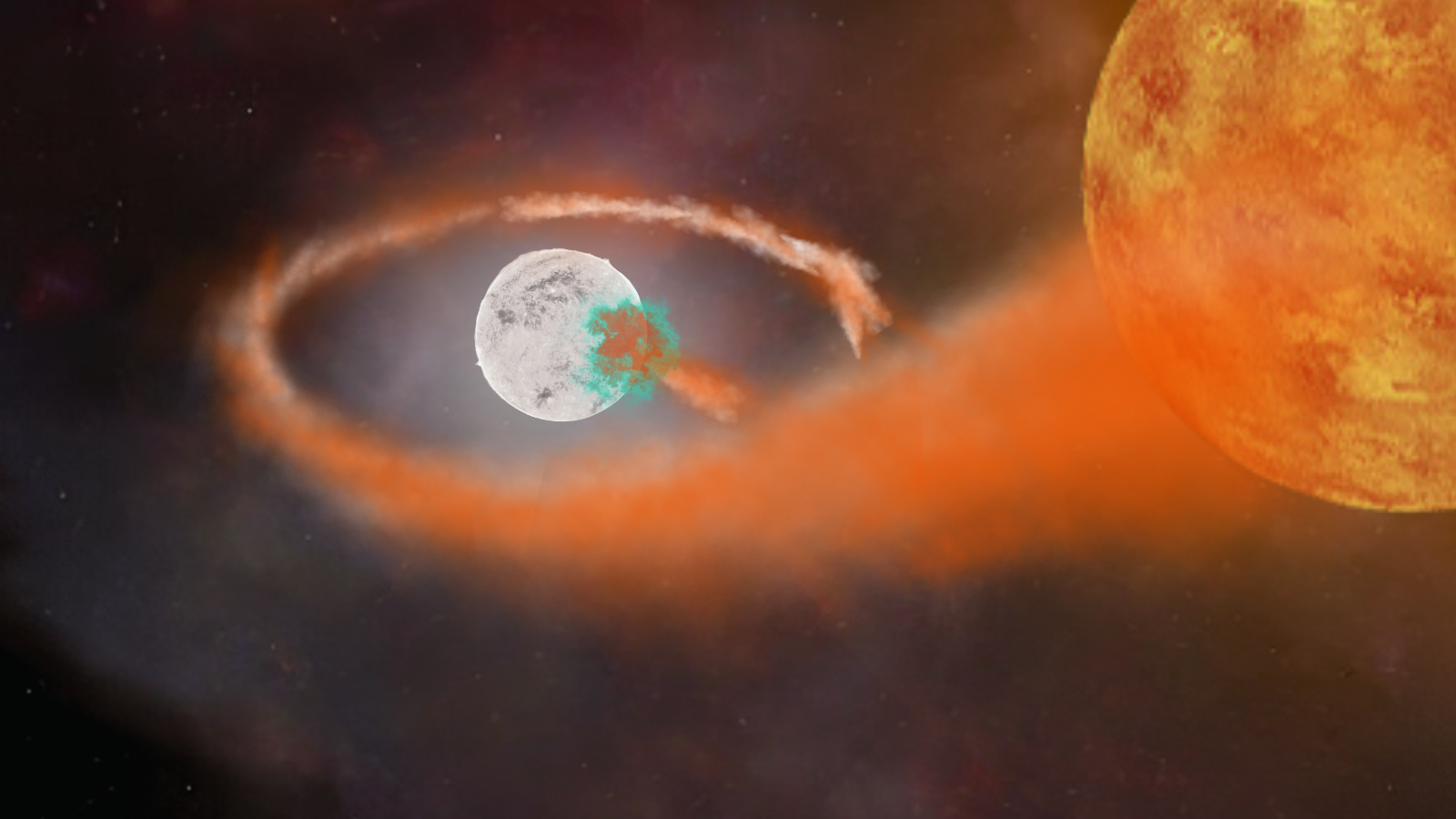
It's certainly ironic that we're starting this horror movie round-up with a series rather than a film, but one of the best reinterpretations of Bram Stoker's 1897 classic Dracula is Stephen King's 1975 novel "Salem's Lot," which arose from King wondering what would happen if Dracula visited a small town in modern America. Salem's Lot was brilliantly adapted as a two-episode mini-series by Tobe Hooper (Texas Chainsaw Massacre) in 1979. The eerie vampires in this series burn themselves into the viewer's mind, making Hooper's adaption essential for anyone craving bloodthirsty monsters this Halloween. If you'd like a more modern and comedic spin on a "small-town Dracula," you can also check out the 2020 horror comedy "Boys from County Hell." In it, the destruction of a local landmark in Six Mile Hill, rural Northern Ireland, awakens a Barlow-like vampiric threat. This one is for people who like a comedy with guts.
White dwarfs are "stellar corpses" left behind when stars with masses around that of the sun run out of the fuel they need for nuclear fusion and collapse into dense, smoldering remnants. The sun itself will undergo this transformation in around 6 billion years, ending its life as a cosmic ember.
Not all stars get to rest in peace as white dwarfs, however. Just as Christopher Lee's Dracula in the Hammer horror series often found himself rising from the grave thanks to a hapless village coming along and supplying him with some Type O-negative, white dwarfs can spring to life when their companion stars get too close.
Like Dracula rising to feed on the blood of the unwitting party responsible for his resurrection, these white dwarf vampire stars feast on a different form of plasma, stripping stellar material from their companion, or "donor," star.
And, also just like Dracula, vampire stars can get greedy.
As a white dwarf strips stellar material from its donor star victim, a flattened cloud of plasma, or "accretion disk," forms around the white dwarf. This accretion disk gradually drops stolen stellar material to the surface of the white dwarf, where the material starts to pile up. This nuclear stockpile eventually reaches critical mass, erupting in a runaway nuclear explosion called a Type Ia supernova. This explosion almost always destroys the fiendish white dwarf, but as is apt for a vampire, there is always a chance for a resurrection — and room for a sequel.
Zombie stars rising from the grave
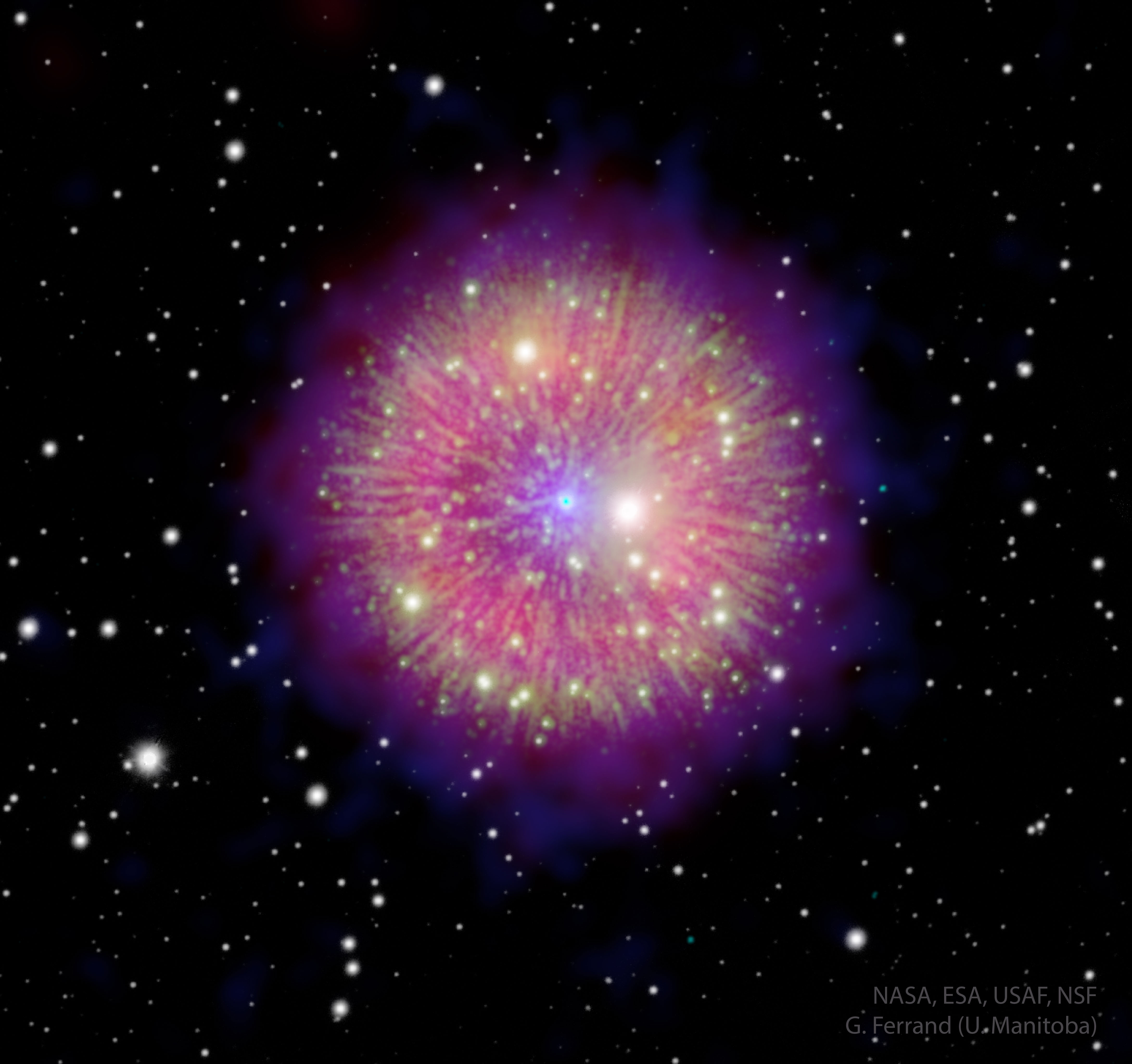
As mentioned above, a Type Ia supernova should destroy the white dwarf vampire star on which it erupts, but on rare occasions, the ghoulish star is able to survive, albeit in a new form: a zombie star. These events are called "Type Iax supernovas."
George A. Romero zombie flicks are notable because the real enemies aren't quite the shambling, reanimated corpses of the dead, but rather humanity's more personal demons: greed, suspicion and intolerance. Those are the things that lead to the deaths of this director's protagonists. On the other hand, the 2007 Spanish found footage movie "Rec," directed by Jaume Balaguero Paco Plaza, is a little different. "Rec" tells the story of a film crew, firefighters and residents trapped in a apartment building as an infection transforms them into screaming and rapidly moving zombies. There is, however, something worse than zombies locked in the building with these characters. The discovery of the infection's "patient zero" in the top level of the building is truly chilling. Often imitated but never bettered, "Rec" erupts suddenly like a supernova and is a rollercoaster of a movie that simply has to be experienced.
The zombie star lives on as a fractured and shattered remnant of the white dwarf stellar corpse that exploded to create it.
One famous example of a Type Iax supernova is SN 1181, which humanity first witnessed over Earth as a "guest star" in 1181 AD. SN 1181 appeared in the constellation of Cassiopeia for six months before fading away.
In 2021, amateur astronomer Dana Patchick tracked SN 1181 to the nebula Pa 30 within the Milky Way. This year, astronomers studied the dandelion petal-like structure extending out from SN 1181 in 3D detail, discovering that this zombie star's stellar winds blast out at a staggering 36 million miles per hour. That's around 25,000 times faster than the top speed of a Lockheed Martin F-16 jet fighter.
Clearly, this stellar zombie isn't akin to the shambling zombies of George A. Romero's seminal "dead trilogy" "Night of the Living Dead" (1968), "Dawn of the Dead" (1978) and "Day of the Dead" (1985). So it only fits that our zombie movie is one filled with, well, more "active" zombies.
Howling at the moon
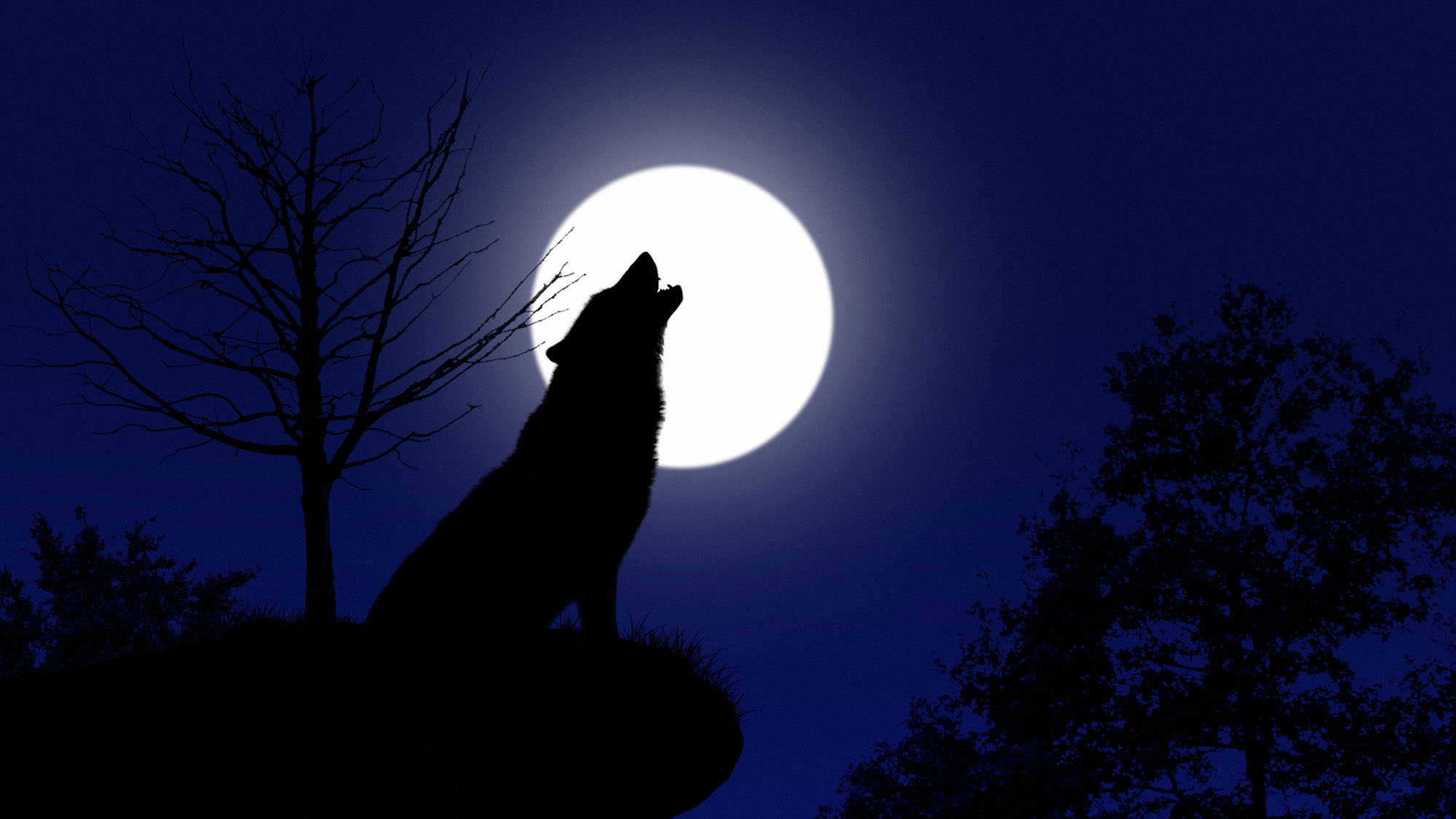
Werewolves often play second-fiddle to vampires as horror movie monsters, possibly because there has never really been a piece of "classic" werewolf literature (though Stephen King's Silver Bullet, Rachael Harrison's Such Sharp Teeth and Marvel's original Werewolf by Night comic books are all worth a read). Still, this wouldn't be a real Halloween post unless werewolves poked their furry nose in somewhere.
When it comes to werewolf movies, the obvious pick is "American Werewolf in London." John Landis' 1981 horror comedy is one of those perfect flicks that elevates itself above the genre, like "The Exorcist," "Jaws," or "E.T." On the other hand, an outside choice could be "The Howling," Joe Dante's 1981 masterpiece, which suffered from being released in the same year as Landis' movie and was cursed with a slew of awful sequels that devalued it as a potential franchise. Yet instead, we're going with an unsung classic: 2002's Dog Soldiers, directed by Neil Marshall. Set in the Scottish highlands, the movie sees a team of British squaddies hunted by something even more fearsome: a pack of blood-hungry werewolves. Unwittingly, they are "sacrificial lambs" set up by greater forces. What Dog Soldiers lacks in budget, it makes up for with clever filmmaking and a claustrophobic atmosphere that invokes George A. Romero's "Night of the Living Dead." This atmosphere is something Marshall would build on to great effect in 2005's incredible spelunking horror, "The Descent."
Since the werewolf — or lycanthrope (from the Greek word "lycos" meaning "wolf") — first emerged in Greek and Norse myth, it has been associated with the moon. However, werewolves didn't always emerge from their human hosts under the light of the full moon.
The film "The Wolf Man," released in 1941, cemented the association between the werewolf and the full moon into culture. Screenwriter Curt Siodmak and producer as well as director George Waggner relied on this tidbit because they wanted Lon Chaney Jr.'s character in the film, Larry Talbot, to be a sympathetic character. It was important to the filmmakers that viewers could forgive this beast despite his terrible acts.
Arguably, the most "wolfy" full moon is January's Wolf Moon, which gets its name from Native American tradition. The moniker came about because it was said that wolves would be more likely to howl during winter.
Speed demon stars
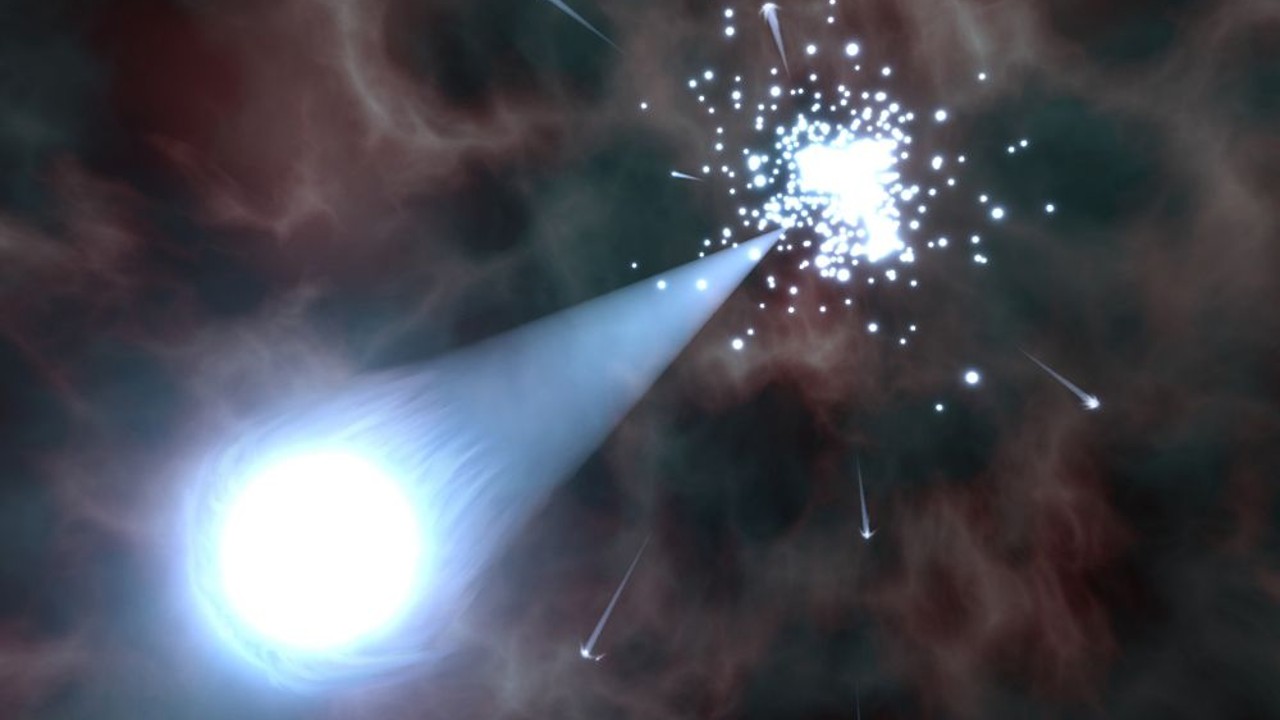
"When Evil Lurks" is a 2023 horror film from Demián Rugna. It tells the story of two brothers, Pedro (Ezequiel Rodríguez) and Jimmy (Demián Salomón), who live in a remote Argentinian village and discover evil about to erupt from a possessed man. A botched exorcism leads to demons spreading throughout the countryside, going from victim to victim. Every moment is of vital importance in combating this evil. Be warned, though. "When Evil Lurks" is absolutely brilliant — probably one of the finest horrors of the last five years — but it is harrowing and pulls absolutely no punches. If you'd prefer something a little less hard-hitting, "The Wretched" (2019) is a much-overlooked film that has similar themes but maintains some lightness. It is still plenty scary, but probably won't trouble you too much with its themes after the credits roll, as "When Evil Lurks" is bound to.
Because we exist in a planetary system of several worlds orbiting a single star, we've earned a slightly prosaic view of the cosmos that actually defies its often chaotic and violent nature.
For example, not all stars sit comfortably within their galaxies. Some stars are sent "rogue" when they are violently ejected from their home clusters at tremendous speeds.
In 2023, astronomers discovered six "speed demon stars" that had gone rogue and now race through the Milky Way alone. One of these, J0927, has the fastest velocity seen for such an object. This one races through the cosmos at an incredible 5.1 million miles per hour (2,285 kilometers per second).
That's about 6,500 times the speed of sound, as measured here on Earth. As such, J0927 could race between New York and Mississippi in under a second and zip around Earth 694 times every hour.
Cosmic bats taking flight
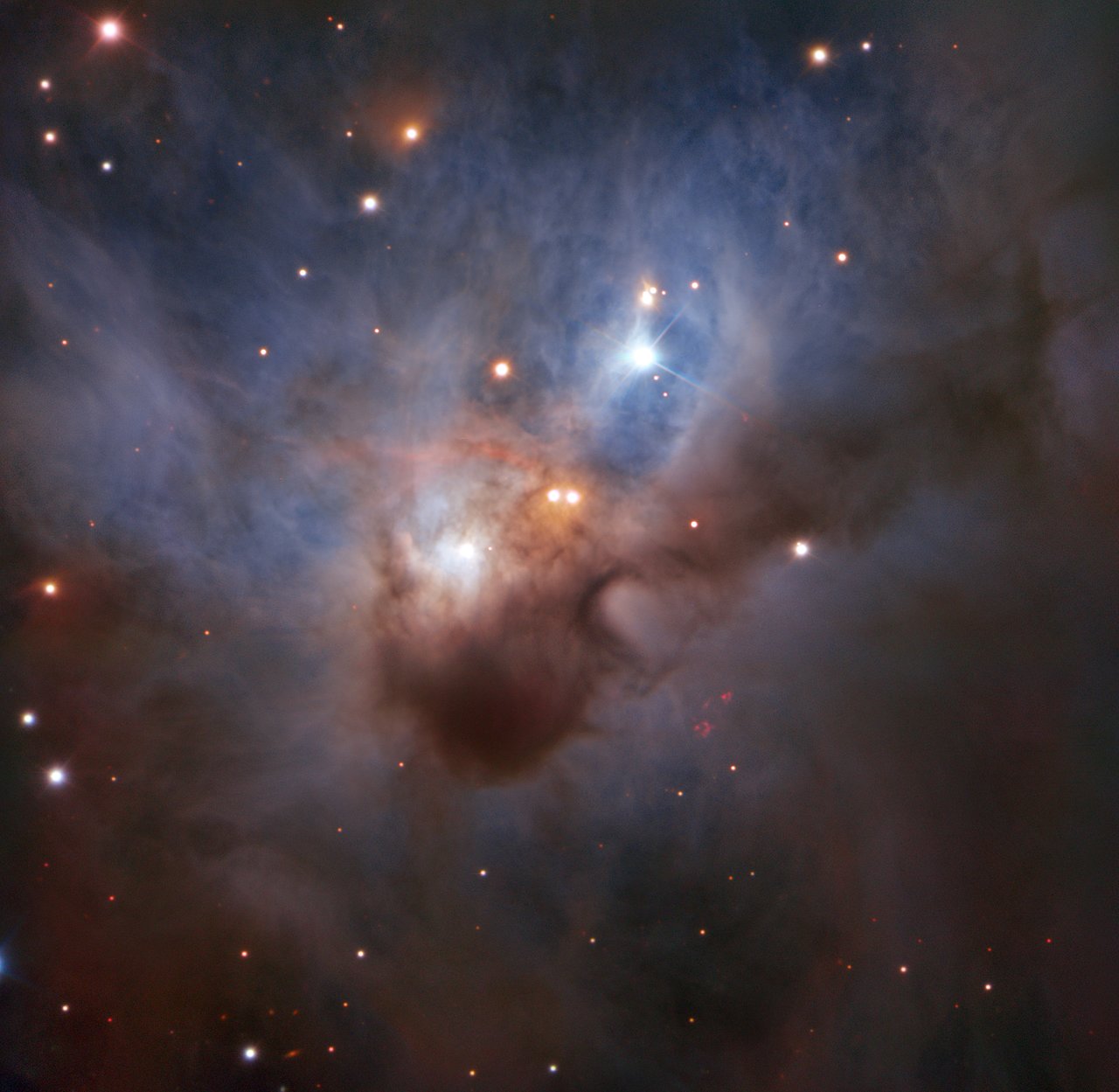
Okay, I admit it. This is a thinly veiled excuse to squeeze another vampire movie into our list, but it is an undeniable classic, so we hope you'll forgive us.
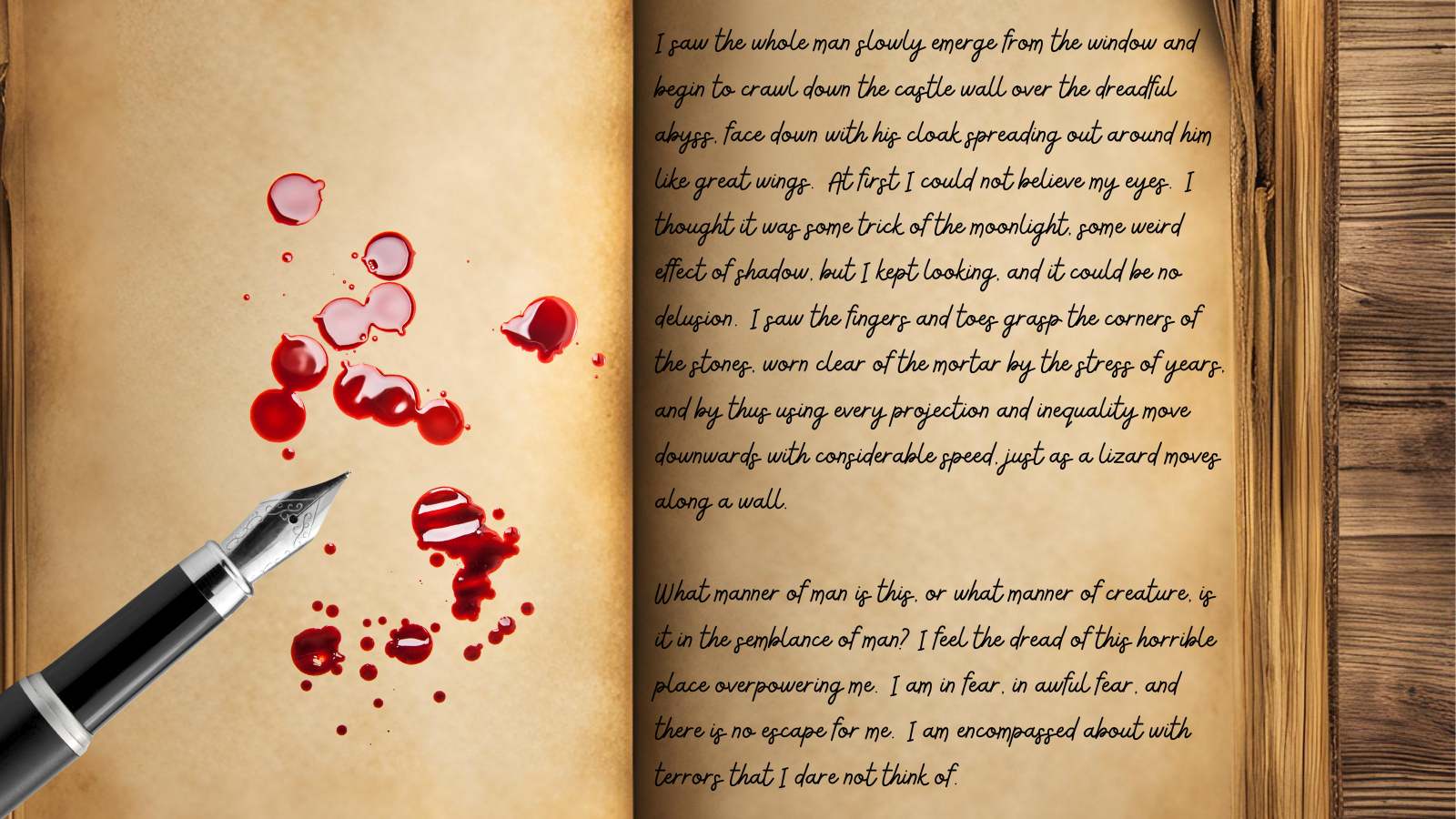
Dracula isn't the only bloodsucker who could transform himself into a bat, and such a metamorphosis has probably never been more fear-inducing than at the end of Tom Holland's 1985 horror masterpiece "Fright Night." "Jerry" might not be as imposing a name as "Dracula," but Fright Night's antagonist is every bit as threatening as any portrayal of the iconic vampire thanks to a brilliant performance by Chris Sarandon, who mixes charm and malice with stunning effect. As good as Sarandon is, the show is stolen by Roddy McDowell, who plays the reluctant Van Helsing, or Peter Vincent, who is a horror host dragged into a real-life battle between good and evil. Fright Night has everything: horror, humor and pathos. And, a bit of trivia you might not know: The bat Jerry Dandrige transforms into at the climax of Fright Night was actually created for the film Ghostbusters, but was rejected for the 1984 Ivan Reitman classic because it was considered too terrifying. As it turns out, Jerry's bat form even made the Ghostbusters tremble.
While ordinary terrestrial bats are actually kind of cute, they have been long linked with the vampires of folklore. There are around 1,300 species of bats feeding on things like insects, rodents, and nectar, so this connection probably stems back to the discovery of a species of bat that feeds on the blood of cattle in the late 15th century. This species, officially designated Desmodus rotundus, became known as the "common vampire" bat. It was later joined by other blood-sucking bat species, the hairy-legged vampire bat (Diphylla ecaudata) and the white-winged vampire bat (Diaemus young).
The link between bats and vampires was cemented by Bram Stoker's 1987 novel "Dracula." In it, the count crawls down the side of his castle like a giant bat in a terrifying scene. Stoker even transforms the titular character into a bat later in the novel, in addition to having him taking the form of a swarm of rats, a wolf — and even mist.
It is little wonder that bats have captured the imagination of humanity, and astronomers are no exception. Many space-gazers have seen these winged mammals in gatherings of cosmic dust and gas. One example is the Cosmic Bat Nebula, also known as NGC 1788, which is located 1,300 light-years away in the Orion constellation. In the image above, captured by the Very Large Telescope (VLT) in northern Chile, the nebula's hazy wings stretch outward through interstellar space while bright infant stars illuminate its core.
One "hell" of a planet
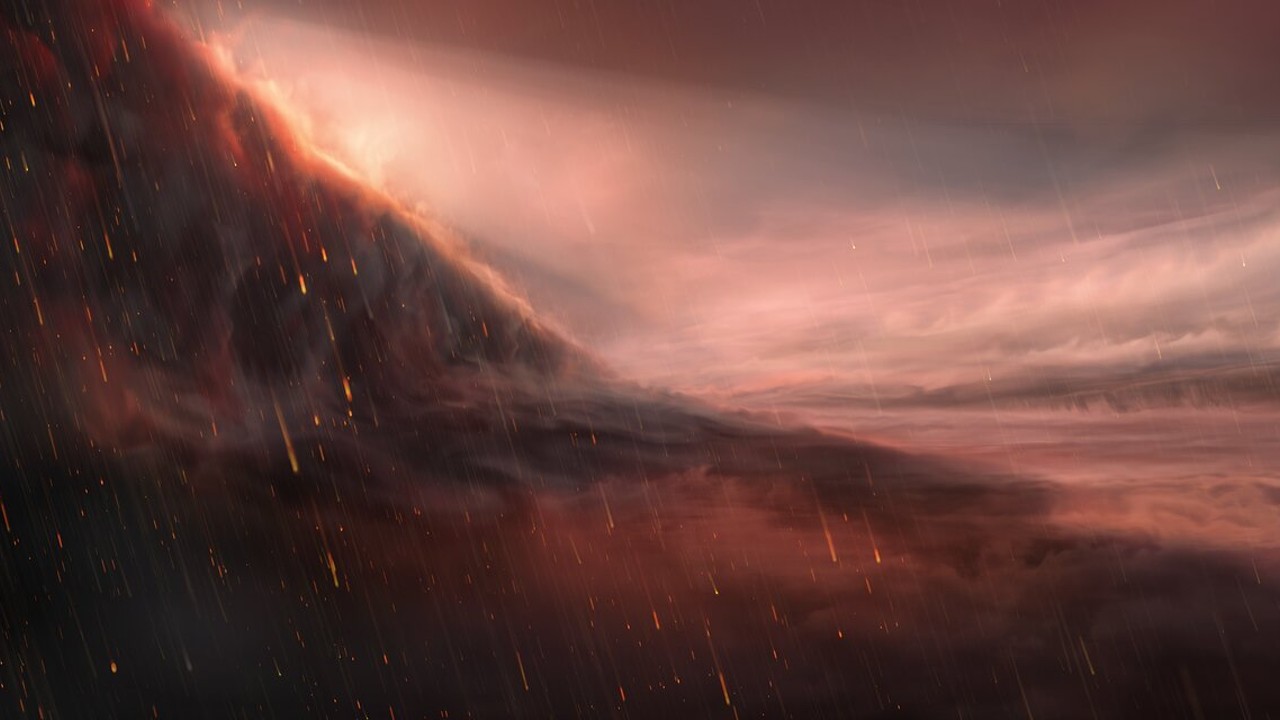
Rogue stars have already demonstrated that we are pretty lucky to exist in what is, let's be honest, a pretty mundane planetary system.
There isn't much left to say about "The Exorcist" (1973) that hasn't already been said. It is a classic, and for good reason. Directed by William Friedkin, the film gradually racks up the tension until it overflows into a full-on battle between good and evil, with the soul of a young girl, Regan MacNeil (Linda Blair), and the faith of Father Karras (Jason Miller) at stake. "The Exorcist" is still today every bit as terrifying as its reputation suggests. That means it isn't for people who prefer their horror to be less intense. Much less intense and way funnier, but still excellent, is 2019's "Extra Ordinary," which tells the story of a lonely driving instructor, Rose (Maeve Higgins), who lives in rural Ireland. Constantly forced to use her supernatural abilities to exorcise wheelie bins and haunted gravel, Rose becomes embroiled in the plot of a washed-up, Satan-worshipping rock star who wants to reignite his career with demonic sacrifice.
The 6,000 or so extrasolar planets, or "exoplanets," discovered orbiting planets other than the sun since the 1990s further empathize just how strange and dangerous the universe can be beyond the solar system.
Some of these exoplanets are downright scary. One example of a terrifying world beyond the solar system is WASP-76b, which could be mistaken for the vision of hell presented by Dante Alighieri in his 14th-century narrative poem "The Divine Comedy," better known as "Dante's Inferno."
WASP-76 b is so hellish because of its proximity to its parent star, which is located around 634 light-years from Earth. Just about 30 million miles (48 million kilometers) from its star, WASP-76, the gas giant has temperatures of 4,350 degrees Fahrenheit (2,400 degrees Celsius). That's hot enough to vaporize iron.
The proximity of WASP-76 b to its star means the planet is tidally locked, meaning one side permanently faces the star (the day side) while the other perpetually faces out into space (the night side).
The temperatures and tidally locked nature of WASP-76 b give rise to violent weather that would make even the strongest demon flinch. On the planet's day side, iron and other metals are vaporized — high-speed winds then carry those metals to the planet's night side.
Once they arrive at the relatively cooler night side of WASP-76 b, this iron vapor condenses and falls as molten-hot iron rains.
A Kaiju supercluster
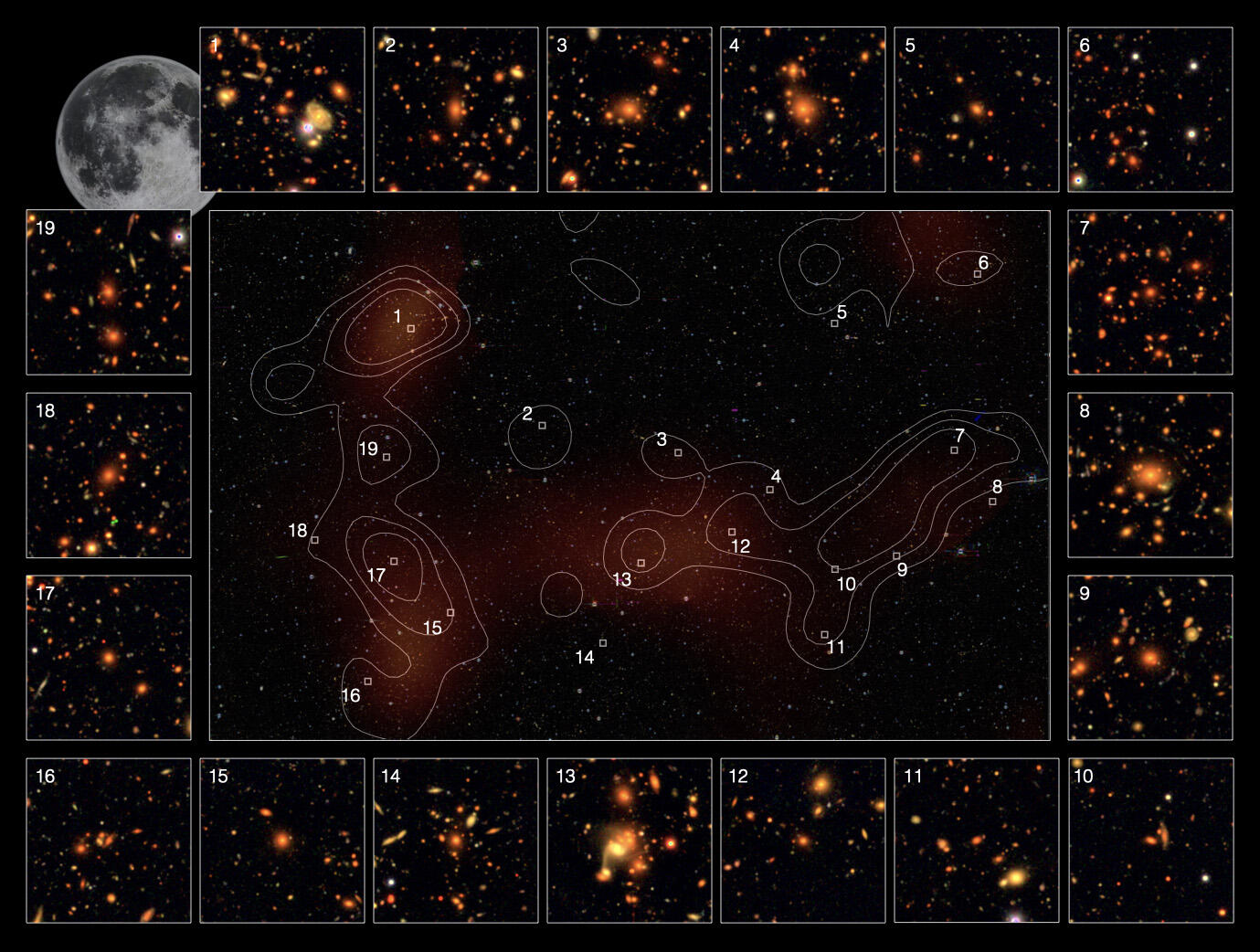
We can't talk about monsters without highlighting the most massive monsters of all the "Kaiju," a Japanese term that literally means "strange beast."
"Kaiju" is commonly used today to refer to the giant monsters of Japanese film and TV, though the term has made its way into Western media. For example, the giant toxic creatures of Guillermo del Toro's 2013 modern classic Pacific Rim are referred to as Kaiju, as a tribute to their Eastern precursors.
Undoubtedly, the leader of the Kaiju is Godzilla or Gojira, with the term first used to describe the antagonist of Toho Studios' 1954 movie of the same name. Despite being the most famous Kaiju by some margin, having starred in 38 movies (33 Japanese productions and 5 U.S. flicks), it isn't Godzilla that has had a massive impact in science. Rather, it is one of his primary antagonists, King Ghidorah, a three-headed dragon from beyond the stars. This character was first introduced in the fifth Godzilla movie, director Ishirō Honda's 1964 flick "Ghidorah, the Three-Headed Monster."
So with this being a section devoted to kaiju movies, you'll probably be expecting a recommended movie featuring a giant rampaging monster. If you are looking for that kind of action, "Godzilla Minus One" or the original "Godzilla" from 1954 should be your go-to. Our recommendation is actually the 2006 South Korean film "The Host," directed by Bong Joon-ho ("Parasite"). This is a different take on the Kaiju, featuring a much smaller creature. However, this creature has a lot in common with the original Godzilla as well. While the 1954 Japanese film was a reaction to the nuclear devastation experienced by Japan at the close of World War II, "The Host" is based on the real-life dumping of formaldehyde down a drain leading to the Han River in South Korea in 2006. In "The Host," a similar incident leads to a creature emerging from the Han River and causing destruction. The film focuses on the effects of the creature on Park Gang-du (played by Song Kang-ho) and his family. Here's some trivia: Bong nicknamed the creature "Steve Buscemi" in reference to the character the actor played in 1996's Coen Brothers' movie Fargo.
Any cosmic body that invokes the name of King Ghidorah better be truly monstrous, and fortunately, that is certainly the case.
The King Ghidorah supercluster is a collection of galaxies located around 6.7 billion light-years from Earth. It covers an area of the sky equivalent to 19 full moons, as seen from our vantage point, and has at least 19 individual associated galaxy clusters. It's the largest supercluster ever discovered over 5 billion light-years away.
To put that into perspective, the King Ghidorah supercluster has a mass equivalent to 10,000,000,000,000,000 suns, making it 10 times as massive as the Milky Way's home supercluster, Laniakea. It stretches out for an incredible 1.3 billion light-years, meaning the entire Milky Way could fit across it around 12,300 times.
The kaiju King Ghidorah would be proud.
That is our selection of cosmic horrors and horror movies for Halloween 2024. Space.com wishes its readers a safe and spooky Halloween.
Try not to have nightmares tonight!







